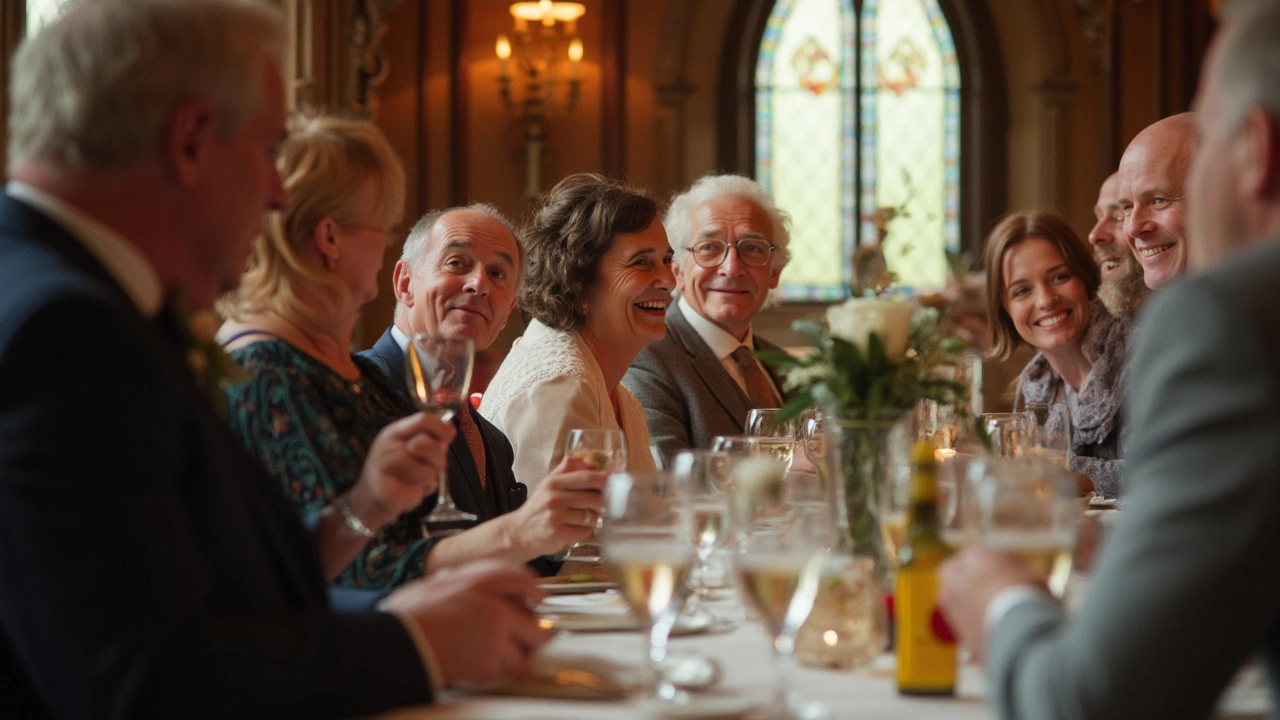Wedding Albums: How to Keep Your Day Alive in a Book
When the ceremony is over, the photos are the closest thing you have to reliving every laugh, tear, and dance move. A well‑chosen wedding album turns those digital files into a tangible story you can flip through with family and friends for years.
Pick the Right Style for Your Story
First, decide how the album will look on the shelf. Classic leather covers feel timeless, while linen wraps add a soft, modern vibe. Lay‑flat pages let two‑page spreads stay open without a gap in the middle – perfect for big group shots. If you prefer a slimmer look, a traditional bound book with thick pages works well for a modest collection.
Don’t forget the size. A 12×12 inch album shows details without feeling bulky, whereas an 8×8 inch version is easy to store. Think about who will handle the album most often – a larger format is great for grandparents, a smaller one fits nicely on a coffee table.
Plan the Layout and Photos
Your album should tell the day in order, but you can break the flow for drama. Start with a single, stunning portrait of the bride and groom, then move to the ceremony, reception, and candid moments. Choose about 50‑70 photos for a 20‑page book; more than that can make the album feel crowded.
Use captions sparingly – a short line about the location or a funny quote adds personality without overwhelming the images. Leave a blank page at the end for a handwritten note or a tiny pocket for invitation cards.
When you pick photos, look for a mix of close‑ups, wide shots, and details like rings, shoes, or décor. Ask your photographer for a proof of the best shots; they often know which images work best in print.
Budget Without Cutting Quality
The price of a wedding album varies by paper type, cover material, and the number of pages. Set a budget early – a solid album can range from £200 to £800. If you’re watching costs, go for a digital‑only design first, then order a single printed copy as a keepsake.
Ask your photographer if they offer album packages; many do and can match the album to the style of your photos. Compare a few vendors, request a sample page, and check how the colors look in natural light.
Print, Protect, and Share
Once you’ve finalized the layout, choose a printing method. Digital printing is fast and affordable, while photogravure (or similar high‑end processes) gives richer tones and a longer lifespan. For extra protection, consider a UV‑coated cover that resists yellowing.
Store the album upright on a shelf, away from direct sunlight and humidity. A simple dust jacket or a clear plastic sleeve adds an extra layer of protection. If you travel often, a lightweight soft‑cover version is easier to pack.
Don’t keep the magic to yourself. Scan the finished album and share a digital version with relatives who live far away. You’ll keep the original safe while still letting everyone enjoy the memories.
Ready to start? Browse our posts on wedding photography, invitation etiquette, and budgeting tips to make sure every part of your day fits together smoothly. A great album is the final chapter of your wedding story – make it one you’ll want to read again and again.

- Jun, 26 2025
- Comments 0